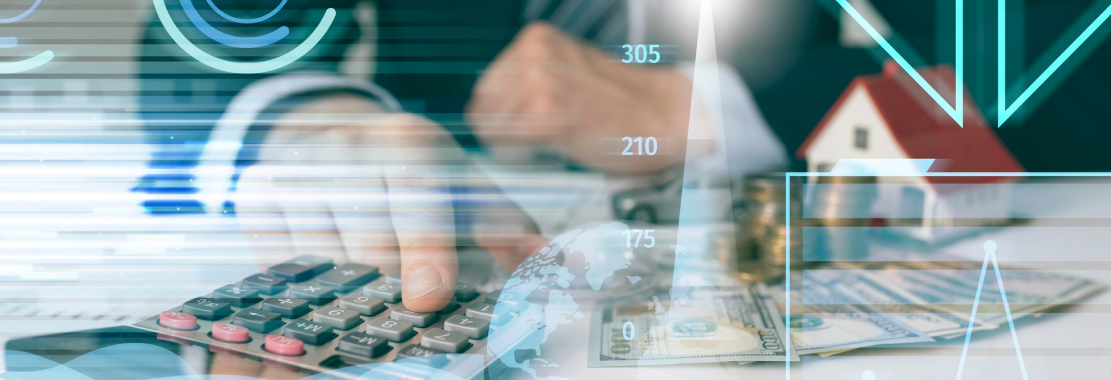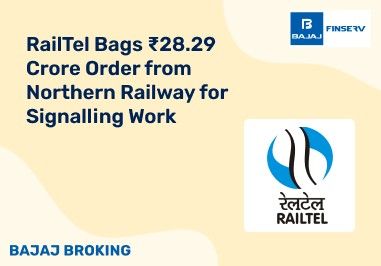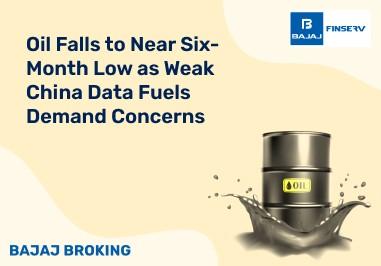The cost of capital is the price a company pays to raise funds, whether through debt, equity, or other financial instruments. This is the return an investor or lender needs, and the basis is critical when making decisions for an organization because it helps them determine the feasibility of investment opportunities and funding sources. It basically serves as a benchmark at which a firm must surpass to generate value. Now that we know what is cost of capital, let’s explore the cost of capital meaning further. It is an important concept that anyone with a trading account should ideally understand.
Understanding Cost of Capital in Detail
Cost of capital is the most fundamental financial principle that enables any enterprise to determine the cost of financing the operation, projects, or expansion. The cost of capital reflects the cost of raising funds through a mixture of debt and equity and other financial sources. Different types of capital, be borrowed, are associated with different costs hence an overall cost of capital that reflects the weighted average of these costs. This figure allows companies to know how much return they need to generate to recover their expenses and satisfy investor expectations. From the cost of capital, businesses make informed financial decisions that add up with their intended objectives for growth. Now that we have understood the cost of capital meaning, let’s move on to its importance.
Importance of Cost of Capital for Business
There are some essential benefits of cost of capital that we have to aware of. The cost of capital is an important component to businesses as it directly influences their profitability and sustainability. It, therefore, acts as a yardstick in determining the viability of investment ventures. Whether or not the expected return of an investment opportunity exceeds or is lower than the cost of capital, it may turn out to be profitable or unprofitable. Most importantly, with the cost of capital, firms are in a position to debate their source of finance: debt versus equity. A low cost of capital allows a firm to invest in growth opportunities with least financial tension. On the other hand, a high cost necessitates caution. Understanding the cost of capital also provides an evaluation of the risk profile of a firm and its financial soundness. Now that we have understood the benefits of cost of capital, let’s move on to its types.
Additional Read: What is Trading Account: Definition, Types & Benefits
Types of Cost of Capital
Different costs are related to each source of capital; understanding them aids the management of the firm in identifying how to raise funds to support its operations. There are different types of cost of capital. Here are some examples of cost of capital.
Debt Cost
Cost of debt is the interest on debt that a firm pays. This is typically measured as the effective rate of interest on loans or bonds. Since interest payments for debt are tax-deducted, the after-tax cost of debt is less than the nominal interest rate.
Equity
The cost of equity can be regarded as the return that investors are anticipating for placing their money in the company's common stock. Generally, it is considered much higher than the cost of debt since equity holders take a higher risk as they get paid only after the said debt obligations are settled. The factors that affect the cost of equity are market risk, dividend payouts, and the company's growth potential.
Preferred Stock Cost
The cost of preferred stock represents the return required by the investors who hold shares in a company. Compared to common equity, the fixed dividends received by the preferred shareholders means that this kind of capital is more similar to debt and no tax benefits.
Weighted Average Cost of Capital (WACC)
The WACC is defined as the average rate of return that a firm has to pay for financing its assets. It calculates the cost of debt and equity by multiplying these costs with their percentage in the capital structure of the firm. In this method, the average cost of capital for the company can be easily depicted.
Marginal Cost
Marginal cost of capital: This represents the cost of raising one additional unit of capital. It aids in ascertaining the cost of future financing for a firm and whether to raise more capital.
After-Tax Cost
The after-tax cost of capital adjusts the cost of debt to reflect the tax savings through interest deductions. This is a better measure for businesses to determine the actual cost incurred by using borrowed funds, offsetting tax benefits.
Now that we have covered examples of cost of capital, let’s move on to the methods for calculating it.
Methods of Cost of Capital
There are various methods that companies can use when calculating their cost of capital, as these depend on the structure of a firm's capital and the financial planning strategy. These methods include:
Capital Asset Pricing Model (CAPM) - formula that takes into account the risk-free rate, the market return, and the company's beta, or the risk factor, in order to calculate cost of equity.
Bond Yield Plus Risk Premium - a method used to estimate the cost of equity, through adding a risk premium to the bond yield of the company.
Weighted Average Cost of Capital (WACC): A blend of the cost of debt and equity that represents the average cost of capital.
Marginal Cost of Capital: The increased cost of raising one more unit of capital.
How to Calculate Cost of Capital?
There are various models for computing the cost of capital. Here are some of the popular models:
Dividend Discount Model (DDM)
The Dividend Discount Model calculates the cost of equity based upon the company's dividend per share, the price of the company's common stock and a growth rate of the dividend. Such a model is especially used for companies whose pattern of the dividend payout is stable.
CAPM
CAPM calculates the cost of equity by adding the risk-free rate with the product of beta on the company and the market risk premium. The model is one of the most popular models because it integrates a market risk component and company-specific risk.
Bond Yield Plus Risk Premium
This calculates equity cost by simply adding a risk premium to the yield on the bonds issued by the company. It reflects that in equity investors demand more return because the level of risk is higher than in the case of debt investors.
Weighted Average Cost of Capital (WACC)
The WACC is calculated as a weighted average of the cost of debt and equity based on their proportion in a firm's capital structure. An all-inclusive measure of a firm's cost of raising capital from sources of debt and equity, WACC measures the ideal mix of debt and equity.
Marginal Cost of Capital
The marginal cost of capital is the cost of raising an extra unit of capital. This helps the companies understand the expense of funding future projects and can be incredibly useful in the incremental investment decision-making process.
Cost of Capital vs Discount Rate
Aspect
| Cost of Capital
| Discount Rate
|
Definition
| The rate that a firm pays to acquire funds from both debt and equity sources.
| The rate used to discount future cash flows to present value.
|
Purpose
| Helps companies calculate the expense of financing projects.
| Applied to value future cash flows from investments.
|
Scope
| It considers the cost of capital
| It considers the time cost of money
|
Influencing factors
| Capital structure
Interest rates
Market risk
| Inflation
Risk-free rate
Project risk
|
Application
| It is applied in financial planning and investment decisions.
| It combines with valuation formulas like NPV.
|
Conclusion
Cost of capital is essential business knowledge, which enables businesses to make sound financial decisions. This is an important knowledge in enabling a firm to evaluate investment opportunities, manage risk, and calibrate its funding strategies toward prudent balancing between debt and equity. The correct establishment of the cost of capital will mean optimizing operations with optimal returns from investors.
Disclaimer: Investments in the securities market are subject to market risk, read all related documents carefully before investing.
This content is for educational purposes only. Securities quoted are exemplary and not recommendatory.
For All Disclaimers Click Here: https://bit.ly/3Tcsfuc














